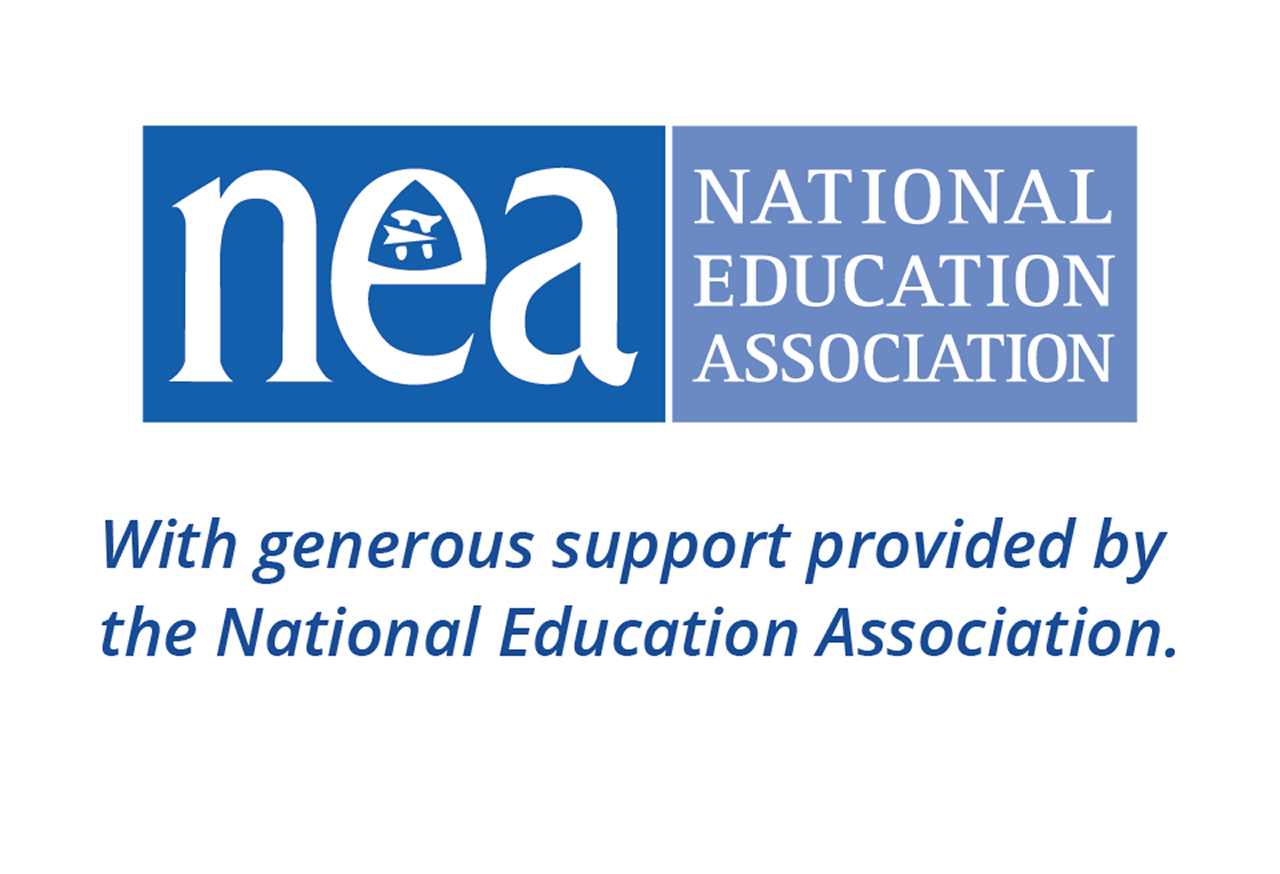Multilingual Glossaries

Multilingual glossaries support students' vocabulary development by providing key terms in students' home languages and English. This strategy is part of Colorín Colorado's ELL Strategy Library and can be used to support academic language development for all students.
Image credit: Photo by Allison Shelley/The Verbatim Agency for EDUimages
Strategy Overview
How This Strategy Supports Language Development
Students' home languages are what Dr. Fred Genesee calls their "most valuable resource." Using (and creating) multilingual glossaries is a research-based strategy that taps into students' prior knowledge and provides an important bridge for learning new vocabulary in English. This is even more powerful when the target words are cognates (words that share a similar meaning, spelling, and pronunciation), as is the case for many academic words between English and Spanish.
Multilingual glossaries can take many forms, including documents, slides, or online lists. Depending on students' proficiency levels, they can include the following elements:
- English term
- Term in students' languages
- User-friendly definitions in English and students' languages
- Visuals (images, student drawings, or annotated diagrams)
- Sample sentence (related to content)
- Sentence frames showing how to use the word
- Cognates
Step-by-Step Instructions
First, determine whether a multilingual glossary for your target content already exists within your curricular materials or from another resource. For example, this NYU website has an extensive collection of bilingual glossaries across content areas.
Creating Multilingual Glossaries
If a multilingual glossary doesn't exist, consider your best options for developing one that includes target vocabulary. These might include the following ideas:
Create a unit-based multilingual glossary that reflects your students' languages.
- You can create glossaries in your students' languages, even if you don't speak their languages, by working with colleagues, inviting students to help, and using translation tools. (If you use a translation tool, be sure to check the final list with a fluent speaker of the language before sharing it with students.)
- For tips on which words to select, see Selecting Vocabulary Words to Teach English Language Learners. Choose a limited number of key terms for each glossary so that the list isn't too lengthy.
Enlist students to create their own multilingual glossaries.
There are several ways for students to create their own glossaries in different formats:
- Digital version: Online document, spreadsheet or slides
- Paper version: A template that students fill out, a format that students learn to set up in their notebook, or notecards
Students can collaborate to create a shared glossary in pairs, small groups, or as a class. Each student would be responsible for contributing specific terms. For example, students could fill in terms to a shared digital spreadsheet.
Note: You can also share the glossary with families and explain that the tool will support students' learning. Invite parents to share terms they may know and help fill in the terms.
Using the Glossaries
- Once your glossary is complete, review the terms on the glossary with students to ensure they understand meanings (especially for words with multiple meanings).
- Provide lots of opportunities for students to practice using these terms, both in their heritage languages and in English, and in speaking and writing.
- Make sure students have access to their multilingual glossary throughout the lesson or unit to refer back to as needed. If you will be using multiple glossaries during the year, come up with a system for students to archive the glossaries in one collection.
Lessons Learned
- Be mindful of terms with multiple meanings, especially if students are creating their own glossaries.
- Do quick spot checks with translation software if needed to ensure students have the correct meanings when creating their own glossaries.
Differentiation
- Entering/Emerging Students: Provide a glossary with terms in English and in students' languages. Ask students to draw the meaning of the word.
- Developing Students: Provide terms in English and ask students to add the term in their language, along with an appropriate visual.
- All multilingual learners: Ask caregivers to add translations as they can.
Co-Teaching Considerations
Content or Grade-Level Teacher
- Identify key terms of a lesson that you would like students to learn. Come up with student-friendly definitions as needed.
English Language Development Teacher
- Demonstrate how to use a multilingual glossary with students and how to incorporate students' languages into the classroom.
Examples
These examples come from Colorín Colorado's standards-aligned units, created in collaboration with Dr. Diane August and teachers from Albuquerque and Poughkeepsie. You can see related videos, as well as lesson plan materials, in this collection.
First Grade
This example shows the word "before" with a Spanish translation and visual. This example comes from the Time Words mini-lesson in Colorín Colorado’s standards-aligned unit on the storybook Burro's Tortillas.
Fourth Grade
This example shows the word "amazed" with a Spanish translation, visual, and sentence frame. This example comes from the Vocabulary mini-lesson in Colorin Colorado's standards-aligned unit on a storybook version of Cinderella.
High School
This example shows a list of terms with a user-friendly definition, the Spanish translation or cognate, text sample, and a place for students to add a drawing or phrase to help them remember the meaning (or to write their own sentence). This example comes from a standards-based lesson on Nelson Mandela's speech, "An Ideal for Which I am Prepared to Die" for high school.
Bonus sample
This example, based on a template also created by Dr. August, shows a format that combines an image, bilingual definition, sample sentence, and a discussion prompt.

Resources
- Educating English Learners: A Review of the Latest Research (Dr. Diane August, American Educator)
References
Cummins, J. (2007). Rethinking monolingual instructional strategies in multi-lingual classroom. The Canadeian Journal of Applied Linguistics, 10(2), 221-240.
Pollard-Durodola, S. (2020). "Chapter 7: Vocabulary Instruction Among English Learners." Literacy Foundations for English Learners: A Comprehensive Guide to Evidence-Based Instruction. Baltimore: Brookes Publishing.


